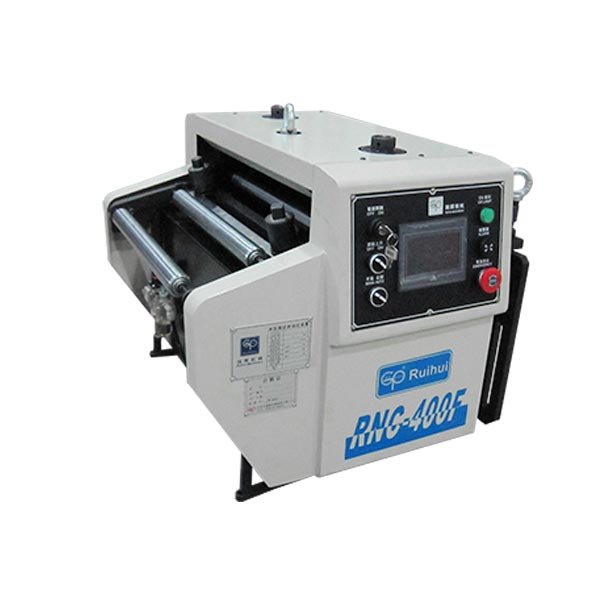The punch feeder has a wide range of applications and can greatly improve stamping production efficiency in production.
But in use, the feeder will scratch the material after changing the material? So how to solve this problem?
There are two main reasons for material scratches, one is material scratches caused by improper adjustment;
The other is that the material is very thin and soft, and there are different solutions for using different types of punch feeders, high-speed roller feeders, and CNC servo feeders.
Below are the types of scratches and their solutions explained.
The First Type: The High-Speed Roller Feeder Causes Material Scratches.
The high-speed roller feeder adopts a purely mechanical transmission of the feeding roller to realize the feeding function, and the degree of compression is changed by adjusting the pressure of the pressure spring to realize the relaxation of the mechanical punching rod.

Solution:
1. Check whether the material thickness adjustment is correct, if there is no correct targeted adjustment, it can be solved;
2. Check whether there are foreign objects (iron filings, sand grains, etc.) in the material drum of the feeder and whether there is a clean drum to solve it;
3. For thin and soft materials, you can choose a feeder with PU rubber rollers, or refit it in the form of pulling materials.
The Second Type: The Material is Scratched By the Feeder Machine.
The principle of the air supply device in the feeder is similar to that of a traditional syringe. It uses an external air source as the power to push the material clamped by the moving splint through the roller to realize the air supply function.
In order to ensure that the feeding is in place, the movable splint of the feeder needs a lot of clamping force. The splint itself is made of cast iron. If the material is thinner, softer materials (aluminum, copper, etc.) can easily cause material scratches during the clamping action.

Solution:
When the material to be conveyed is thin and soft (aluminum, copper, etc.), cover the movable splint and fixed splint of the Jinzang feeder with a film to solve the problem.
The Third Type: The CNC Servo Feeder Causes Material Scratches.
The CNC servo feeder adopts the servo motor to drive the feeding roller through the synchronous pulley to realize the feeding action. Change the degree of pressure by adjusting the pressure of the pressure spring, and relax the cylinder to push the upper drum to achieve the relaxation effect.

Solution:
1. Check whether the material thickness adjustment is correct, if the adjustment is not correct, the targeted adjustment can be solved;
2. Check whether there are foreign objects (iron filings, sand grains, etc.) in the roller of the feeder and whether there is a clean roller to solve it;
3. Check whether the upper drum-shaped relaxation gap is too large, and the pressure of the relaxation cylinder is too large, resulting in the relaxation action after the relaxation is completed. When the roller clamps the material, if the slack gap of the cylinder is adjusted to relax the air inlet pressure of the cylinder, the raw material will be scratched and deformed too much;
4. The material is very thin and soft, so the feeder should be replaced with a PU rubber bucket or refitted with a brushed material.
If the above three problems are ruled out, the root cause of the scratches is not the feeder machine. Please carefully observe the operation of the material belt from the outlet of the hopper to the mold and even the finished product to see if there is a part of the material belt that is in contact with the material during the stamping process, and then scratches the material.

